In the deep, dark water beneath the ice, sometimes the only light is the sparkling of shrimp, dancing through the blackness like stars.
Starlight shrimp are small, transluscent crustaceans that live in the depths underneath
The Expanse in the
Frozen North. The bioluminescent
algae on which they feed causes their bodies to grow a bright, eerie blue.
Colonies of starlight shrimp contain several million individuals. Though they serve as prey for many of the denizens of the water under The Expanse, they remain numerous.
Lifespan
1-3 years
Average Weight
Less than 2g
Average Length
3-5cm
Type
Shrimp
Anatomy
The body of the starlight shrimp is split into two main parts: the cephalothorax, and an elongated abdomen split into six segments. The cephalothorax is protected by a solid carapace, whereas the abdomen is covered in thinner segmented sections. This armour, though strong, is transparent, which allows the shrimp to blend into their ocean surroundings.
There are eight pairs of appendages growing from the cephalothorax. The first three pairs are known as maxillipeds. As well as functioning as the shrimp's mouth, these are also used to both push water through their gills. The gills of the shrimp are protected by the carapace on the cephalothorax. The gills allow the shrimp to filter dissolved oxygen from the surrounding water, and to excrete carbon dioxide from their bloodstream.
The remaining five pairs of appendages are called the pereiopods - or legs. The first pair have claws, known as chela, which the starlight shrimp use to scrape algae from the surface of the ice. The other four pairs of legs are long, firm and slender. They are used for walking on the surface of the ice when the shrimp is not swimming.
There are further pairs of appendages on the first five segments of the abdomen, known as
swimmerets. These are shaped like paddles and are edged with fine, hair-like bristles. Whilst the main purpose of the swimmerets is to propel the shrimp around in the water, females of the species also use these to cradle their brood of eggs up against their body.
The last segment of the abdomen is a fan-shaped tail, made up of two conjoined appendages known as uropods. Whilst the main function of the tail is to act as a rudder, steering the shrimp through the water, it also allows them to launch themselves backwards at great speed if in danger.
Starlight shrimp each have a pair of
compound eyes on stalks that grow from their heads. These allow them to more easily see movement in the dark waters where they. They also have two pairs of antennae that grow just in front of their eyes. One pair is short and is used for feeling for and sensing food. The other pair is as long as their bodies and is used for orienting them in their surroundings.
Growth and Life Stages
Shrimplets hatch as fully-formed, though miniscule, versions of their parents. Each shrimplet is less than a millimetre long when it hatches. They spend the first three months of their life clinging to the ice and gorging on algae.
After three months, the shrimplets are officially juvenile shrimp. The juveniles are more adventurous than the shrimplets and often venture away from the safety of the ice columns into open water.
After six months, the shrimp are considered sexually mature adults. At this stage, all shrimp are male and will compete for the attention of the older, larger females.
A year to eighteen months into the life of the starlight shrimp, the testes morph and are replaced by ovaries. The starlight shrimp then completes its life as female.
Habitat
Starlight shrimp live exclusively underneath the large landmass of ice known as The Expanse, being one of the only species of shrimp to have evolved to survive in such extreme cold. Under The Expanse are huge columns of ice that stretch down miles towards the sea floor, anchoring the continent above in place. The shrimp cluster near the top of these large pillars, out of the reach of the crushing pressure further down.
Most often, the shrimp stay clustered near or on the surface of the ice, but they swim into open water to mate.
Diet
Starlight shrimp are herbivorous. At all stages of their lifestyle, they feed exclusively on the bioluminescent algae that grows on the underside of the ice, and on the ice columns that reach down to the sea floor.
As the shrimp are transluscent, the algae in their stomach is visible as they digest, making them glow.
Reproduction
Starlight shrimp choose when to mate due to fluctuations in water temperature. A raise of merely one degree is a sign to mate, as this usually precedes an algae bloom. The excess of food means that the shrimplets will have the best chance of survival.
Females of the species can store the sperm of multiple partners, meaning that a brood of starlight shrimplets from one female can have multiple paternities. The more genetically diverse the brood, the higher percentage tend to survive to maturity.
Starlight shrimp lay between 100-200 eggs at a time. Throughout gestation, which can take between 2-3 weeks, the mother cradles the eggs against her abdomen using her swimmerets. When it is time for the eggs to hatch, the mother lands on an ice column and allows the hatching shrimplets to cling to the algae growing there.
Cultural Significance
The habitat of the starlight shrimp lies around a mile outside of the underwater
merfolk city of
Qasceile. Though they are not a particularly useful species to the
polar merfolk who live there, their home is seen as a romantic destination for courtship. Couples will often travel outside the city to watch the shrimp glowing like stars in the darkness.
Tiny Pets
Children in Qasceile often keep starlight shrimp colonies as pets. This is easily achieved by setting up small ice formations and making sure they are kept coated with algae. Small groups of shrimp are captured and then released on these domesticated ice formations, where they will thrive if looked after well.
Some adults also enjoy keeping starlight shrimp colonies, though this is rather looked down upon in Qasceile society as an eccentric hobby.

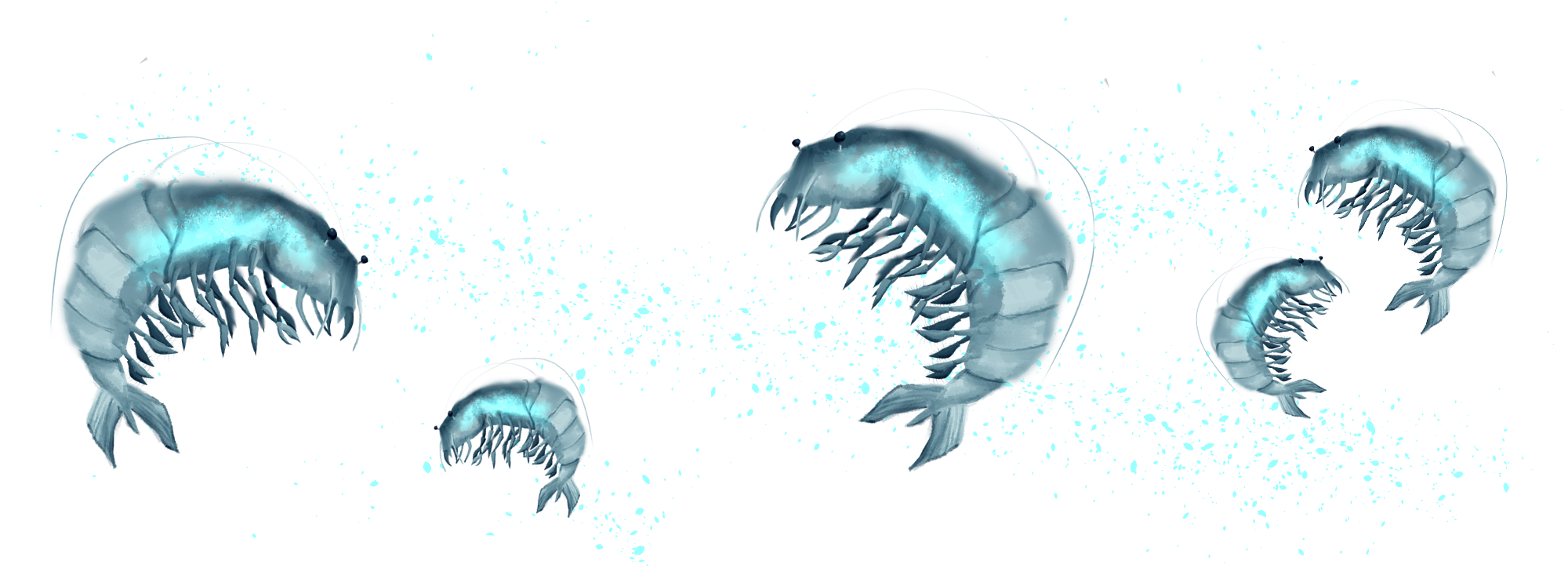



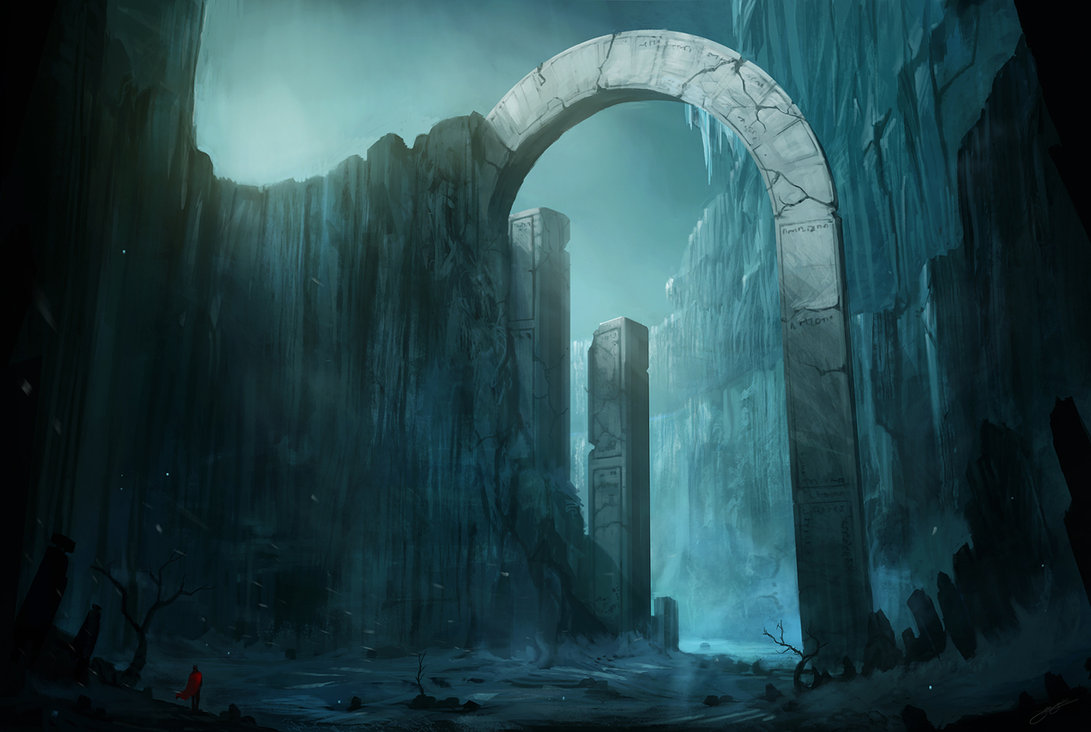


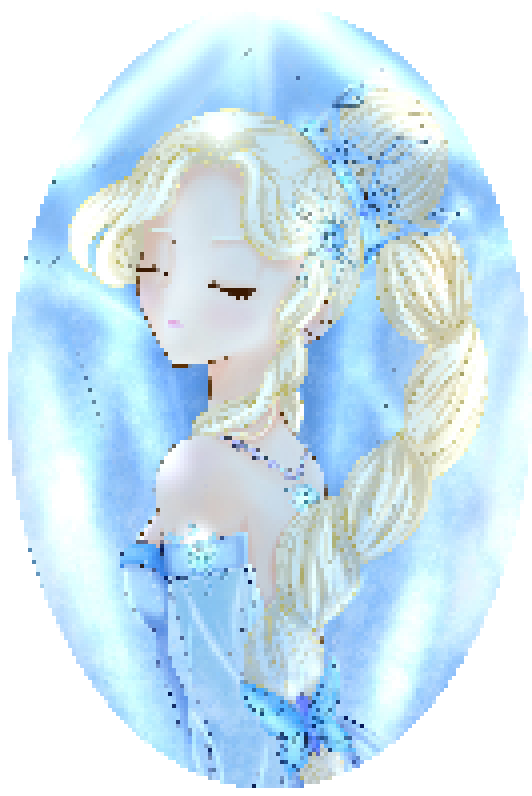





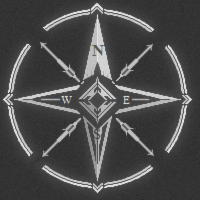
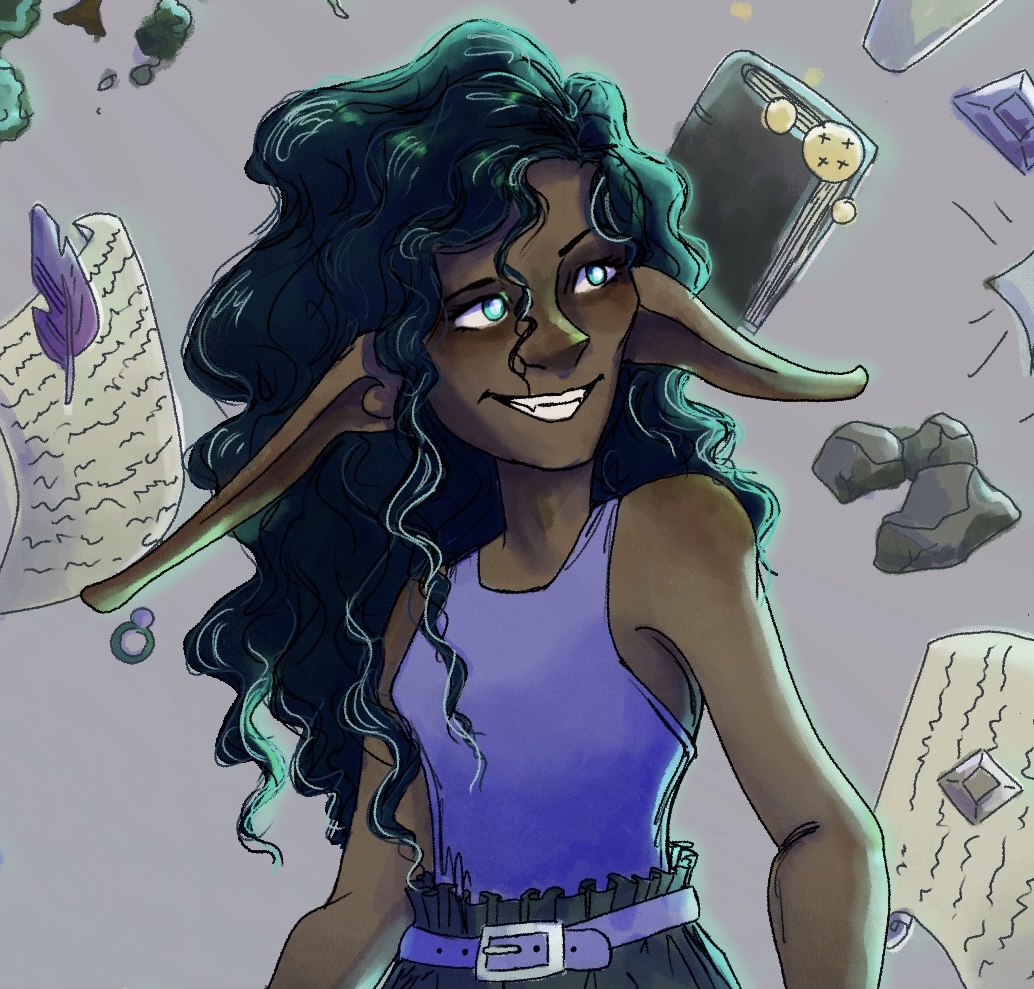
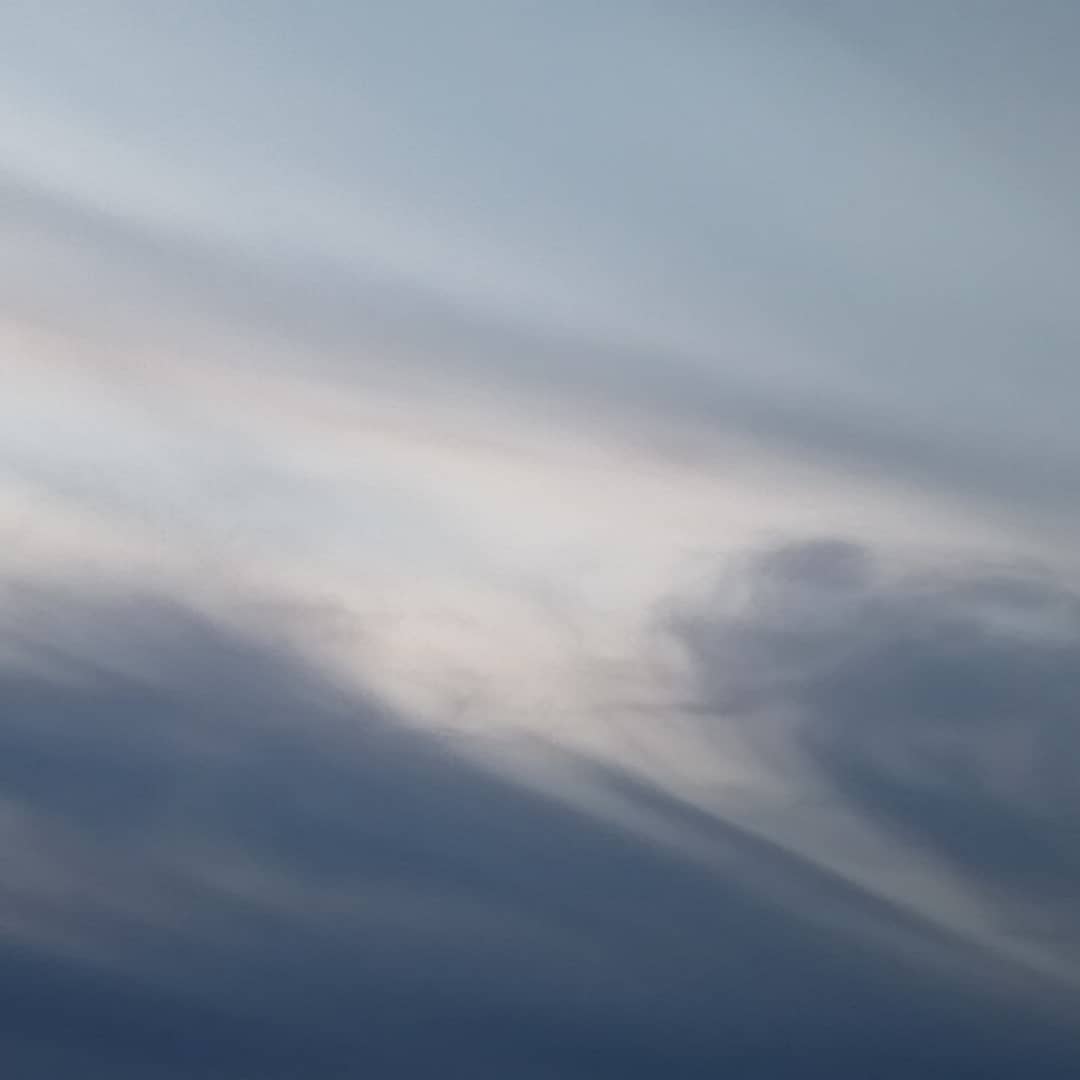
I just want to say, I will never get sick of the word shrimplet. Everything about it is adorable.
Shrimplet is the best word, for sure! :D
Explore Etrea